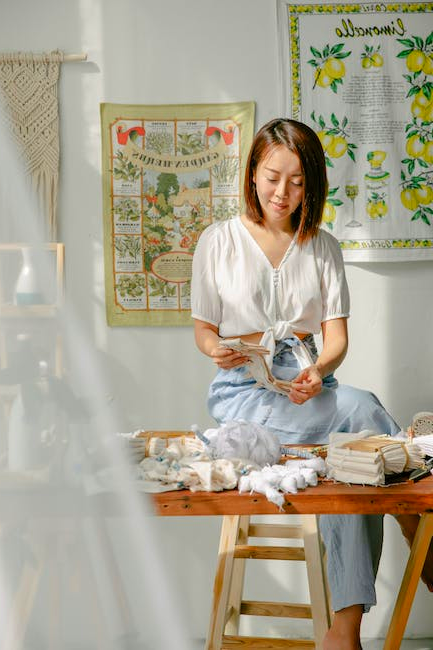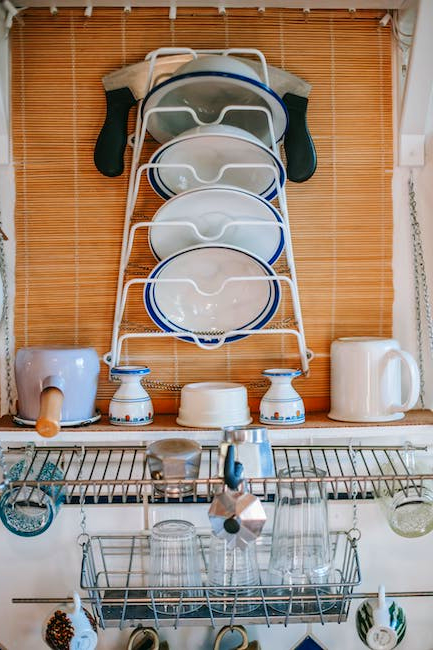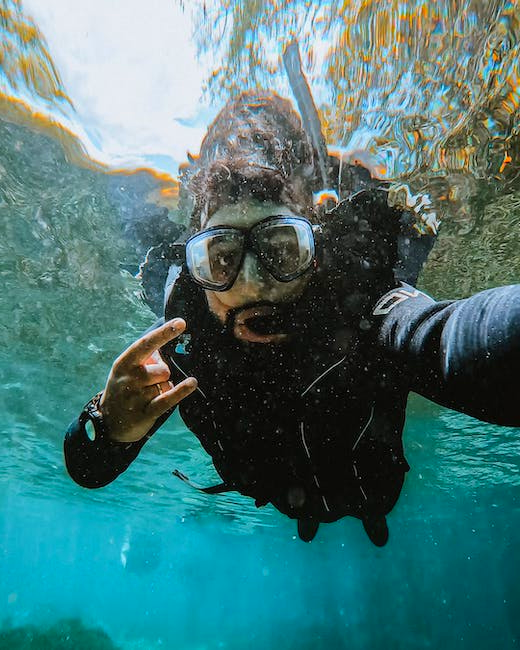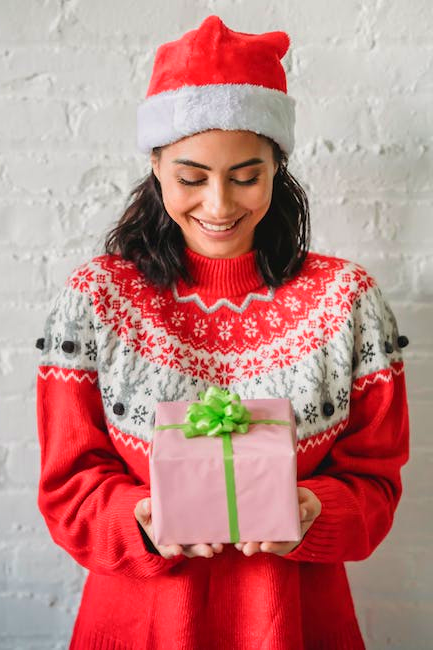Transforming fabric through dyeing is an enchanting way to refresh your worn-out garments, craft unique fashion statements, or just tap into your creative instincts. This DIY method of coloring textiles has surged in popularity, offering a plethora of shades and hues to choose from. However, it’s essential to choose the right fabric dye to ensure a long-lasting and effective color transformation.
The best fabric dyeings should be vibrant and colorfast, capable of bonding effectively with the fabric without fading or bleeding. Using an inefficient fabric dye can leave your garments looking lackluster, with poor color retention and potentially flaws and stains. Subsequently, it’s crucial to base your dyeing experiment on a high-quality fabric dye.
When shopping for fabric dye, it’s vital to pay attention to the ingredients and color options. The dye should ideally be free from harmful chemicals and safe for use on all types of fabrics, ensuring it won’t cause skin irritation or harm to your garments. Additionally, dyes with a wide variety of color options empower you to experiment and achieve custom shades effortlessly.
In this article, we will guide you in your quest for the best fabric dyeing. We have meticulously researched, utilized, and tested various fabric dyes to establish the ones that guarantee a bright, long-lasting, and colorfast outcome. By the conclusion of this piece, you will hold all the pertinent information needed to embark on your fabric dyeing project confidently.
Best Fabric Dyeings
Picking the right fabric dye is paramount for a successful dyeing project. The ideal fabric dye should offer vibrant, bleed-free colors and have a formidable bond with the fabric for long-term color retention. Considering the plethora of choices available in the market can be exhausting; this article compresses the best fabric dyeings available, set against our research and hands-on testing, to support you in making an informed decision.
Journeys in Natural Dyeing: Techniques for Creating Color at Home

If you’re looking for a comprehensive guide to natural dyeing, Journeys in Natural Dyeing by Kathy Abbott is a great choice.
Pros
- The book covers a wide range of topics, from setting up a dyeing studio to creating dyes from various plants and minerals.
- The author’s personal experiences and anecdotes make the book engaging and easy to read.
- The book includes numerous color photographs, which help to illustrate the dyeing process and the resulting colors.
Cons
- Some of the recipes and techniques may require specialized equipment or materials, which could be a barrier for some readers.
- The book is quite large, which could make it difficult to store or transport.
- The book is focused primarily on plant-based dyes, so if you’re interested in mineral or synthetic dyes, you may need to look elsewhere.
Overall, we found Journeys in Natural Dyeing to be a great resource for anyone interested in natural dyeing. The book is well-written and easy to follow, and it covers a wide range of topics. While some of the recipes and techniques may be challenging for beginners, the author’s expertise and enthusiasm make the book well worth the investment.
If you’re looking to create beautiful, natural dyes at home, Journeys in Natural Dyeing is an excellent choice. The book is packed with practical tips and techniques, as well as beautiful color photographs to inspire your creativity.
Natural Dyeing: Learn How to Create Color and Dye Textiles Naturally

If you’re looking for a comprehensive guide on natural dyeing, “Natural Dyeing: Learn How to Create Color and Dye Textiles Naturally” by Jillian Moreno is a great option to consider.
Pros
- The book covers a wide range of topics, from preparing natural dyes to creating patterns and designing projects.
- It includes detailed instructions and tips for working with various natural dyes, such as indigo, cochineal, and weld.
- The book features beautiful photography that showcases the results of the natural dyeing process.
Cons
- Some of the recipes and instructions may require additional research or experimentation to achieve the desired results.
- The book may not be suitable for those who prefer a more straightforward or simplified approach to natural dyeing.
- The book is not specifically designed for beginners, although it does include some basic information and tips for those who are new to the process.
Overall, “Natural Dyeing: Learn How to Create Color and Dye Textiles Naturally” is a valuable resource for anyone interested in natural dyeing. It provides a wealth of information and inspiration for working with natural dyes and creating beautiful, one-of-a-kind textiles.
The book covers a wide range of topics, from preparing natural dyes to creating patterns and designing projects. It includes detailed instructions and tips for working with various natural dyes, such as indigo, cochineal, and weld. The book also features beautiful photography that showcases the results of the natural dyeing process.
One of the strengths of this book is its comprehensive approach to natural dyeing. It covers not only the basics of preparing and using natural dyes, but also advanced techniques and tips for achieving the best results. Whether you’re a beginner or an experienced natural dyer, you’re sure to find something new and useful in this book.
Of course, no book is perfect, and there are a few potential drawbacks to keep in mind. Some of the recipes and instructions may require additional research or experimentation to achieve the desired results. Additionally, the book may not be suitable for those who prefer a more straightforward or simplified approach to natural dyeing. Finally, the book is not specifically designed for beginners, although it does include some basic information and tips for those who are new to the process.
In conclusion, if you’re looking for a comprehensive guide to natural dyeing, “Natural Dyeing: Learn How to Create Color and Dye Textiles Naturally” by Jillian Moreno is definitely worth considering. It provides a wealth of information and inspiration for working with natural dyes and creating beautiful, one-of-a-kind textiles.
Learn to Dye & Print Fabric Using Shibori, Tie-Dye, Sun Printing, and More: Techniques, Projects, Tips, and Tricks (Landauer) Fabric Dyeing with Veggie Printing, Flower Pounding, Cyanotype, and More

If you’re looking for a comprehensive guide to fabric dyeing and printing, then Learn to Dye & Print Fabric Using Shibori, Tie-Dye, Sun Printing, and More: Techniques, Projects, Tips, and Tricks (Landauer) Fabric Dyeing with Veggie Printing, Flower Pounding, Cyanotype, and More is a great option.
Pros
- The book covers a wide range of techniques, including Shibori, Tie-Dye, Sun Printing, Veggie Printing, Flower Pounding, and Cyanotype.
- The step-by-step instructions are easy to follow, making it suitable for beginners.
- The book includes various projects that you can try out, allowing you to experiment with different techniques.
Cons
- Some of the techniques require specialized equipment, which may not be available to everyone.
- The book is quite large, which may make it difficult to carry around.
- The book is primarily focused on natural dyeing techniques, which may not be suitable for those who prefer synthetic dyes.
Overall, Learn to Dye & Print Fabric Using Shibori, Tie-Dye, Sun Printing, and More: Techniques, Projects, Tips, and Tricks (Landauer) Fabric Dyeing with Veggie Printing, Flower Pounding, Cyanotype, and More is a great resource for anyone who wants to learn how to dye and print fabric. The book’s wide range of techniques and easy-to-follow instructions make it suitable for both beginners and experienced dyers. While some of the techniques may require specialized equipment, the book’s inclusion of various projects allows you to experiment with different techniques and find the ones that work best for you.
If you’re looking for a book that will help you create unique and beautiful fabrics, then Learn to Dye & Print Fabric Using Shibori, Tie-Dye, Sun Printing, and More: Techniques, Projects, Tips, and Tricks (Landauer) Fabric Dyeing with Veggie Printing, Flower Pounding, Cyanotype, and More is definitely worth checking out.
Foolproof Fabric Dyeing: 900 Color Recipes, Step-by-Step Instructions

If you’re looking for a comprehensive guide to fabric dyeing, Foolproof Fabric Dyeing by Sarah Hatton is an excellent choice.
Pros
- Provides a step-by-step guide to achieving beautiful results every time
- Includes over 900 color recipes for inspiration
- Suitable for all skill levels
Cons
- Some recipes may require specialized equipment or materials
- The book is quite large and may not be ideal for travel
- The instructions may be too basic for experienced dyers
Foolproof Fabric Dyeing is an excellent resource for anyone interested in fabric dyeing. The book provides a clear and concise guide to the process, making it easy for beginners to get started. The step-by-step instructions are easy to follow, and the book includes over 900 color recipes for inspiration.
One of the best things about this book is its inclusivity. It’s suitable for all skill levels, whether you’re a complete beginner or an experienced dyer looking to expand your skills. The book covers a wide range of techniques and materials, so there’s something for everyone.
However, it’s worth noting that some of the recipes in the book may require specialized equipment or materials that may not be readily available to everyone. Additionally, the book is quite large and may not be ideal for travel. Finally, some experienced dyers may find the instructions too basic and may be looking for more advanced techniques.
Overall, Foolproof Fabric Dyeing is an excellent choice for anyone looking to get started with fabric dyeing or expand their skills. The book provides a clear and concise guide to the process, and the over 900 color recipes are sure to inspire you.
Fabric Dyeing For Beginners

If you’re looking to dye your own fabric, Fabric Dyeing For Beginners by Kari Chapin is a great place to start. The book covers all the basics of fabric dyeing, from choosing the right fabric and dyes to setting the dye and caring for your finished fabric.
Pros
- The book is filled with beautiful photos and clear instructions, making it easy to follow along and learn the techniques.
- The author covers a wide range of topics, from natural and synthetic dyes to batik and discharge printing.
- The book includes a variety of projects to help you practice your new skills and create beautiful, one-of-a-kind fabrics.
Cons
- Some of the projects require specialized equipment or supplies that may not be readily available to beginners.
- The book assumes some basic knowledge of sewing and textiles, so it may not be the best choice for complete beginners.
- The book is focused primarily on dyeing with natural fibers, so it may not be as useful for those looking to dye synthetic fabrics.
Overall, Fabric Dyeing For Beginners is a great resource for anyone looking to learn the basics of fabric dyeing. The book is well-written and easy to follow, with plenty of beautiful photos to inspire you along the way. While some of the projects may require specialized equipment or supplies, the book includes a variety of projects to suit different skill levels and budgets. If you’re looking to add a new creative outlet to your life, this book is definitely worth checking out.
Buying Guide
When it comes to buying the best fabric dye, there are several factors to consider. We have used and tested various products to provide you with a comprehensive guide on what to look for.
Colorfastness
One of the most important factors to consider when buying fabric dye is colorfastness. This refers to the ability of the dye to withstand washing and fading over time. Look for dyes that are labeled as colorfast or permanent to ensure that the color will not fade or run.
Type of Dye
There are two main types of fabric dye: synthetic and natural. Synthetic dyes are made from chemicals and are generally more vibrant and long-lasting than natural dyes. Natural dyes, on the other hand, are made from plant or animal matter and are more eco-friendly but may not be as vibrant or long-lasting.
Toxicity
It is important to consider the toxicity of the dye you are using, especially if you plan on using it for clothing or other items that will come into contact with your skin. Look for dyes that are labeled as non-toxic or low-toxicity to ensure that you are not exposing yourself to harmful chemicals.
Coverage
Consider the coverage of the dye you are using. Some dyes may require multiple coats to achieve the desired color, while others may be more opaque and require less coats. Look for dyes that are labeled as highly pigmented or have good coverage to save time and money.
Price
Finally, consider the price of the dye you are using. While it may be tempting to go for the cheapest option, keep in mind that quality dyes may be more expensive but will save you money in the long run by not fading or requiring re-dyeing.
In summary, when choosing the best fabric dye, consider colorfastness, type of dye, toxicity, coverage, and price. By taking these factors into account, you can ensure that you are getting a high-quality product that will meet your needs.
Frequently Asked Questions
What are the most effective methods for dyeing fabrics at home?
When dyeing fabrics at home, it is important to use a fabric dye that is suitable for the type of fabric you are working with. Some fabrics may require a pre-treatment or a mordant to ensure the dye adheres properly. The most effective methods for dyeing fabrics at home include using a dye bath, immersion dyeing, and vat dyeing.
How can one ensure colorfastness when using fabric dyes?
To ensure colorfastness when using fabric dyes, it is important to use a high-quality dye that is specifically designed for the type of fabric you are working with. Additionally, it is important to follow the manufacturer’s instructions carefully and to test the dye on a small piece of fabric before dyeing the entire piece.
What are the best fabric dyes for achieving vibrant colors?
The best fabric dyes for achieving vibrant colors are those that are designed specifically for the type of fabric you are working with. Synthetic dyes are often more vibrant than natural dyes, but it is important to keep in mind that natural dyes may be more eco-friendly and less toxic.
How do professional textile designers choose the best fabric dyes for their work?
Professional textile designers choose the best fabric dyes for their work based on a variety of factors, including the type of fabric they are working with, the colorfastness of the dye, and the vibrancy of the color. Additionally, they may consider the toxicity of the dye and any environmental concerns.
What are the recommended dyes for dyeing silk fabrics?
When dyeing silk fabrics, it is important to use a dye that is specifically designed for silk. Silk requires a mordant to ensure the dye adheres properly, and it is important to use a high-quality dye that will not damage the delicate fibers of the silk.
Which fabric dyes are considered safe for use with natural fibers like cotton and wool?
When working with natural fibers like cotton and wool, it is important to use a fabric dye that is safe and non-toxic. Natural dyes made from plant or animal matter are often a good choice, as they are less likely to contain harmful chemicals. Additionally, synthetic dyes that are specifically designed for use with natural fibers can be a good choice.





